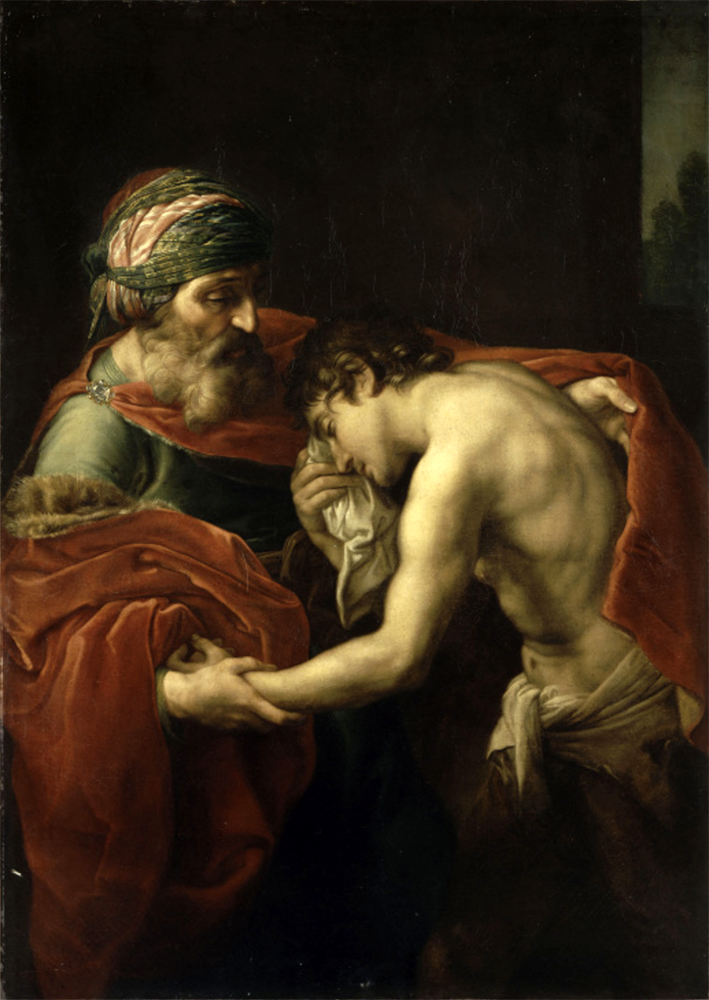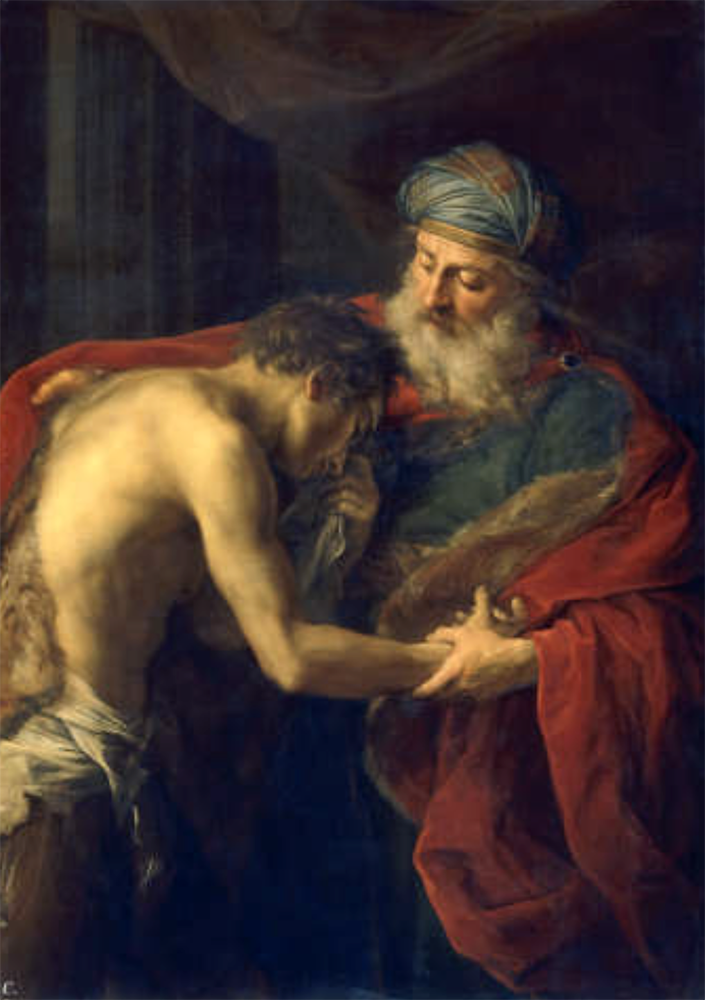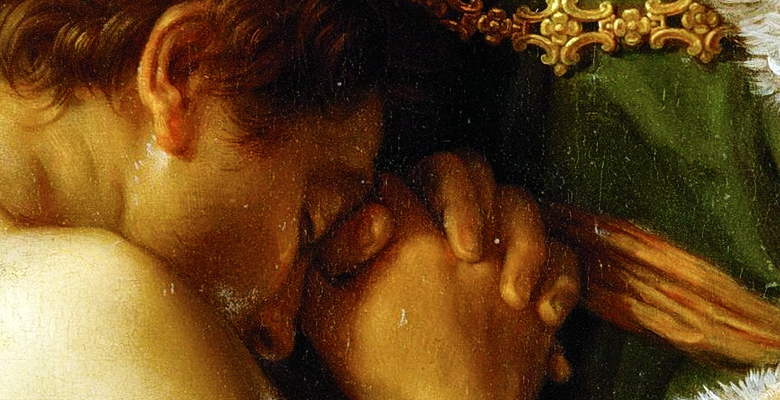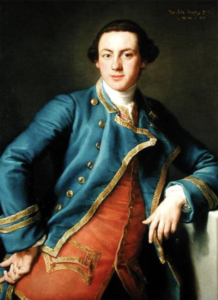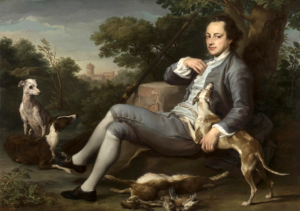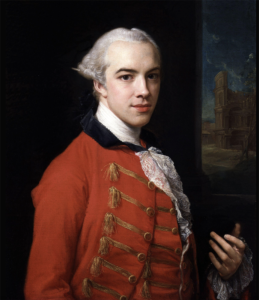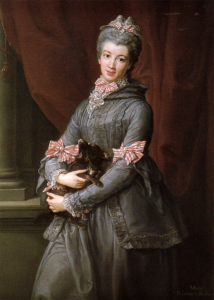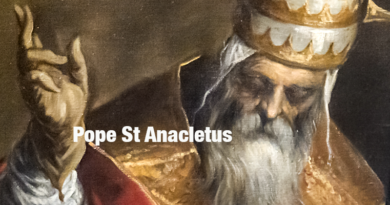Sacred Art – The Return Of The Prodigal Son By Pompeo Batoni
The return of the poor and naked son, who drifted away and spent all of his inheritance, to his father, who lovingly still accepts him.
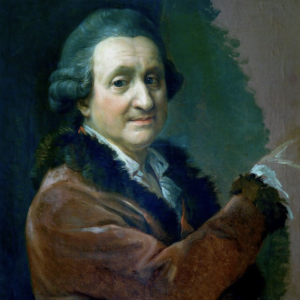
Vibrant colors, strong contrasts between the foreground and the background, the chiaroscuro – this all are characteristic style features of Pompeo Batoni, the Italian master of portraiture.
Pompeo Girolamo Batoni was born in 1708 in Tuscany (Lucca), Italy. When he turned 19 he went to Rome and started taking drawing and painting classes from the best masters of that time – Agostino Masucci, Sebastiano Conca and Francesco Imperiali. When he was 24 he had his first independent commission for a portrait from a count of Gabrielli family, a very influential Italian noble family from Gubbio, Umbria.
Interesting is how Batoni met his first commissioner. — It was by chance in Rome during bad weather. The young artist, sitting under the portal of one of the buildings, was making sketches, and the count accidentally entered that portal, hiding from the rain. The first commission was to paint an altarpiece for the count’s family chapel in the church San Gregorio Magno al Celio which is in Rome.
After that altarpiece, the very the next morning the artist woke up famous and began to receive commissions from very rich families who came to Rome while travelling in Europe (so called Grand Tour of the rich).
Thanks to Batoni’s fame, his style and technique became well known, the consequence of which was the change of one artistic era to another – Classicism replaced Mannerism. Pompeo Batoni died rich and famous in Rome in 1787, at the age of 79.
Today Pompeo Batoni is known as the greatest master of Grand Tour portraits.
“The Return of the Prodigal Son” depicts the highest moment of the reunion between the father and son. The biblical parable, on which the composition is based is from the New Testament of the Bible, from the Gospel of Luke:
“A man had two sons. The younger of them said to his father, ‘Father, give me the share of the estate that is coming to me.’ And so he divided his wealth between them. And not many days later, the younger son gathered everything together and went on a journey to a distant country, and there he squandered his estate in wild living. Now when he had spent everything, a severe famine occurred in that country, and he began doing without. So he went and [hired himself out to one of the citizens of that country, and he sent him into his fields to feed pigs. And he longed to have his fill of the carob pods that the pigs were eating, and no one was giving him anything. But when he came to his senses, he said, ‘How many of my father’s hired laborers have more than enough bread, but I am dying here from hunger! I will set out and go to my father, and will say to him, “Father, I have sinned against heaven, and in your sight; I am no longer worthy to be called your son; treat me as one of your hired laborers.”’ So he set out and came to his father. But when he was still a long way off, his father saw him and felt compassion for him, and ran and embraced him and kissed him. And the son said to him, ‘Father, I have sinned against heaven and in your sight; I am no longer worthy to be called your son.’ But the father said to his slaves, ‘Quickly bring out the best robe and put it on him, and put a ring on his finger and sandals on his feet; and bring the fattened calf, slaughter it, and let’s eat and celebrate; for this son of mine was dead and has come to life again; he was lost and has been found.’ And they began to celebrate.”
Gospel of Luke 15:11-32

The two-figure composition with very clear silhouettes against a dark “empty” background. The form of the semi-nude male figure, as well as the shape and color of the drapery, are very close to classical ideals in academic painting. The composition itself – simple yet very dynamic – speaks about the skills and the artistry of the painter.
Batoni created several versions of this paintings slightly changing the composition.
